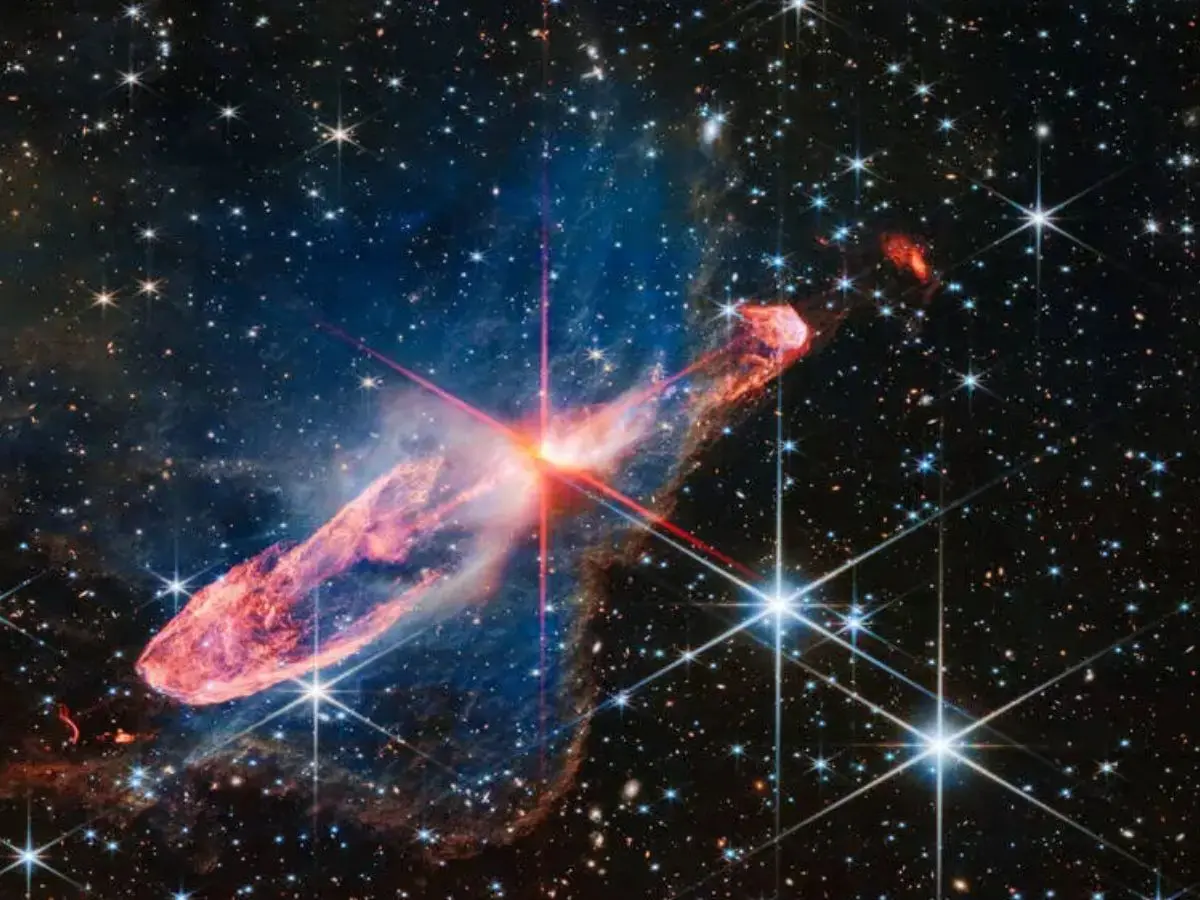As mid-August nights draw in, stargazers across the northern hemisphere are being treated to some of the most striking views of the year. Among the highlights are three prominent star clusters, each offering a window into the dynamic and ancient life of the Milky Way. From dense globular swarms to open formations etched into familiar constellations, these stellar gatherings are visible to the naked eye from dark-sky sites, but reveal their full majesty when observed with binoculars or a telescope.
What are star clusters?
Star clusters are gravitationally bound families of stars born from the same interstellar cloud. They come in two main types: open clusters and globular clusters. Open clusters, such as the Hyades and the Pleiades, are relatively young and often located in the Milky Way’s spiral arms. Their loosely bound nature means they can disperse over millions of years as passing stars tug at their members. Globular clusters, by contrast, are tightly packed spheres containing hundreds of thousands of stars, often among the oldest in the galaxy. These vast systems orbit in the galactic halo, high above and below the Milky Way’s disk, and many shine brightly enough to appear as faint smudges of light to the unaided eye.
Roughly 150 globular clusters and more than 1,000 open clusters. Observing them requires patience and technique: allow around 30 minutes for your eyes to adapt to darkness, and use averted vision, looking slightly to the side of the target, to engage the light-sensitive rods of your eyes. While some clusters can be glimpsed without equipment, 10×50 binoculars sharpen the view and begin to resolve brighter stars, and a telescope of six inches or more reveals their intricate structures in detail.
The Great Hercules Cluster
One of the brightest sights of August evenings is the Great Hercules Cluster, also known as Messier 13 (M13). Located about 25,000 light-years away in the constellation Hercules, M13 contains around 100,000 stars bound in a glittering spherical mass. It can be found between the bright stars Vega and Arcturus by locating the Keystone asterism, a diamond-shaped pattern of four stars at Hercules’ centre. Sweeping binoculars between Zeta Herculis and Eta Herculis brings this ancient cluster into view, a highlight of the summer sky.
The Hyades and the Pleiades
In the early hours before dawn, the constellation Taurus rises in the east. At its heart lies the Hyades, the closest open cluster to Earth at just 150 light-years away. Shaped like a sideways ‘V’ marking the bull’s face, its brightest star Aldebaran, the red ‘eye’ of Taurus, is a foreground object, only 65 light-years distant.
Above the Hyades sits the Pleiades, one of the most famous open clusters, often called the ‘Seven Sisters’. This cluster hosts more than a thousand hot, young stars, but binoculars reveal the seven brightest that dominate its appearance. Positioned about 10 degrees above the Hyades, roughly a fist’s width at arm’s length, the Pleiades are a dazzling reminder of the Milky Way’s star-forming past.
